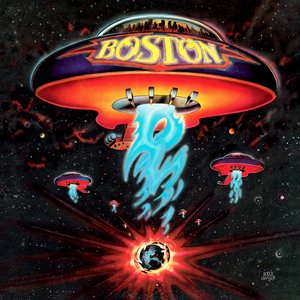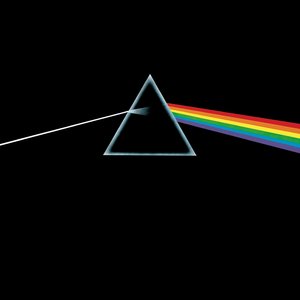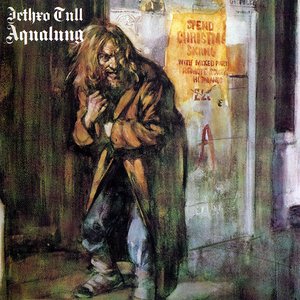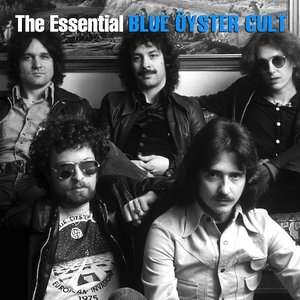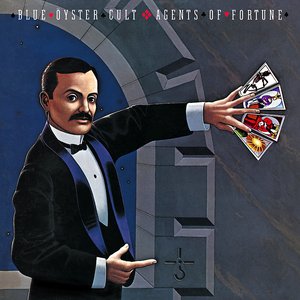Wiki
-
Length
4:33
"Tom Sawyer" is a 1981 song by Canadian progressive rock band Rush named for Mark Twain's literary character. The song relies heavily on Geddy Lee's synthesizer playing and the techniques of drummer Neil Peart. Geddy Lee has referred to the track as the "quintessential Rush song"; It is one of Rush's best-known songs and is a staple of classic rock radio. Geddy Lee told The Plain Dealer newspaper the band never foresaw the success of the song: He said: "The one song that we have to play for the rest of our lives. When we wrote it, we had no idea that it would touch such a nerve with people. In many ways, it's the quintessential Rush song." (Source Tom Sawyer Songfacts). Notably, it reached Number 24 in the UK singles chart in May 1981 as a follow-up to their breakthrough hit "The Spirit of Radio".
Origin
The song was written by Lee, Peart, and guitarist Alex Lifeson in collaboration with Canadian lyricist Pye Dubois (the lyricist of Max Webster), who also co-wrote other Rush songs such as "Force Ten," "Between Sun and Moon," and "Test For Echo." According to the US radio show In the Studio with Redbeard (which devoted an entire episode to the making of Moving Pictures), "Tom Sawyer" came about during a summer rehearsal holiday that Rush spent at Ronnie Hawkins' farm outside Toronto. Peart was presented with a poem by Dubois named "Louis the Warrior" that he modified and expanded. Lee and Lifeson then helped set the poem to music. The unique growling sound heard in the song came from Lee's fiddling with his Oberheim synthesizer.
Structure and fan reaction
Fans of Rush cite "Tom Sawyer (help·info)" as an example of Rush's distinctive songwriting, blending intelligent lyrics with an intricate pattern of multiple time signatures. The middle section of the song is built around a simple riff that was originally a 'little melody' Geddy Lee used to test his synthesizers: A - F# - G# - E - F# - D - A - F# - G# - E - F# - B - as it is 'passed over' from one instrument to another. During the synth part, an 7/8 time signature is used.
As a Twain reference, "Tom Sawyer" can be considered an abstract commentary on a free-thinking "modern day warrior". Beyond this, in the December 1985 Rush Backstage Club newsletter, drummer and lyricist Neil Peart said: "Tom Sawyer was a collaboration between myself and Pye Dubois, an excellent lyricist who wrote the lyrics for Max Webster. His original lyrics were kind of a portrait of a modern day rebel, a free-spirited individualist striding through the world wide-eyed and purposeful. I added the themes of reconciling the boy and man in myself, and the difference between what people are and what others perceive them to be - namely me I guess."
Album appearances
The song was released on Mercury Records and PolyGram in 1981 on the Moving Pictures album and later also appeared on 1990's Chronicles as track 1 on disc 2. Its duration is approximately 4 min 33 sec (studio version) and 5:06 live. It has also appeared on numerous Rush live albums and bootlegs.
Track descriptions on Last.fm are editable by everyone. Feel free to contribute!
All user-contributed text on this page is available under the Creative Commons Attribution-ShareAlike License; additional terms may apply.


